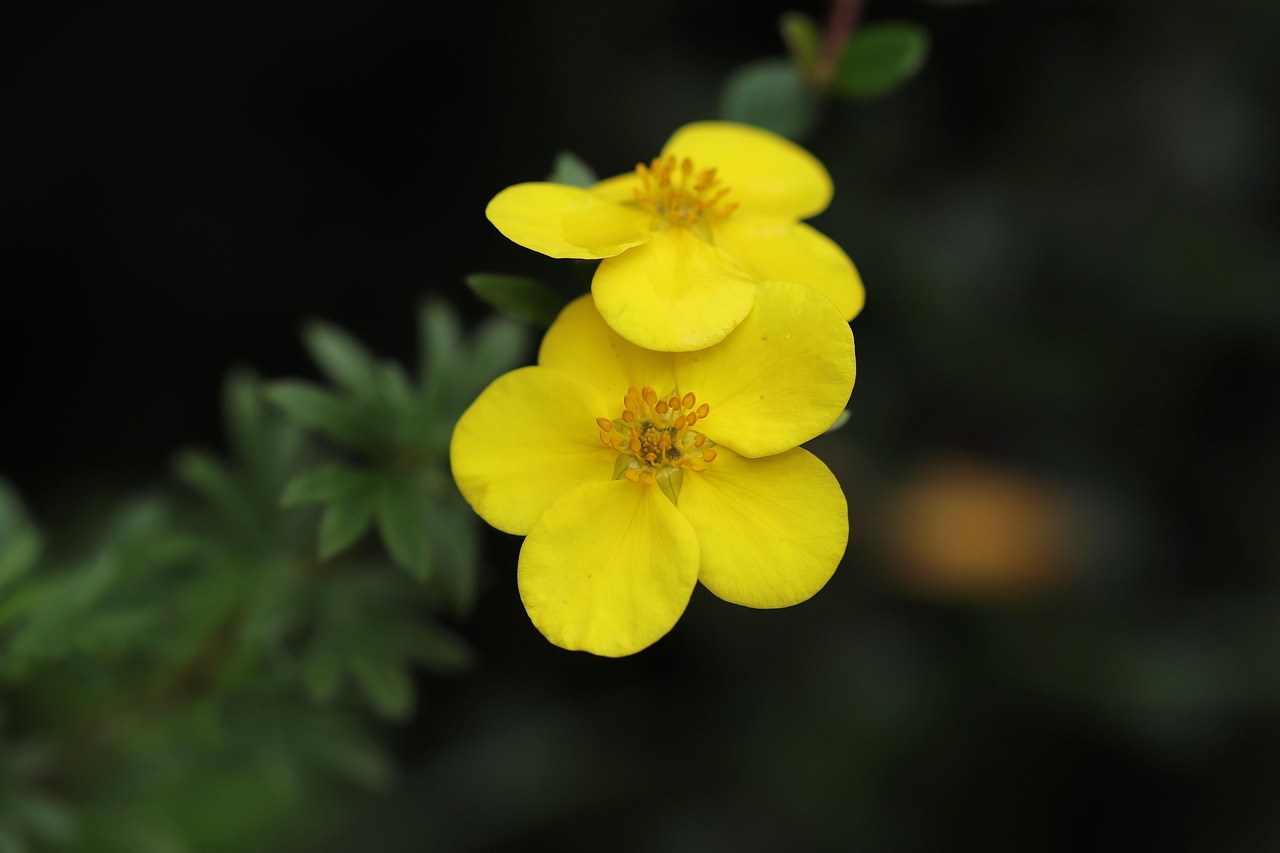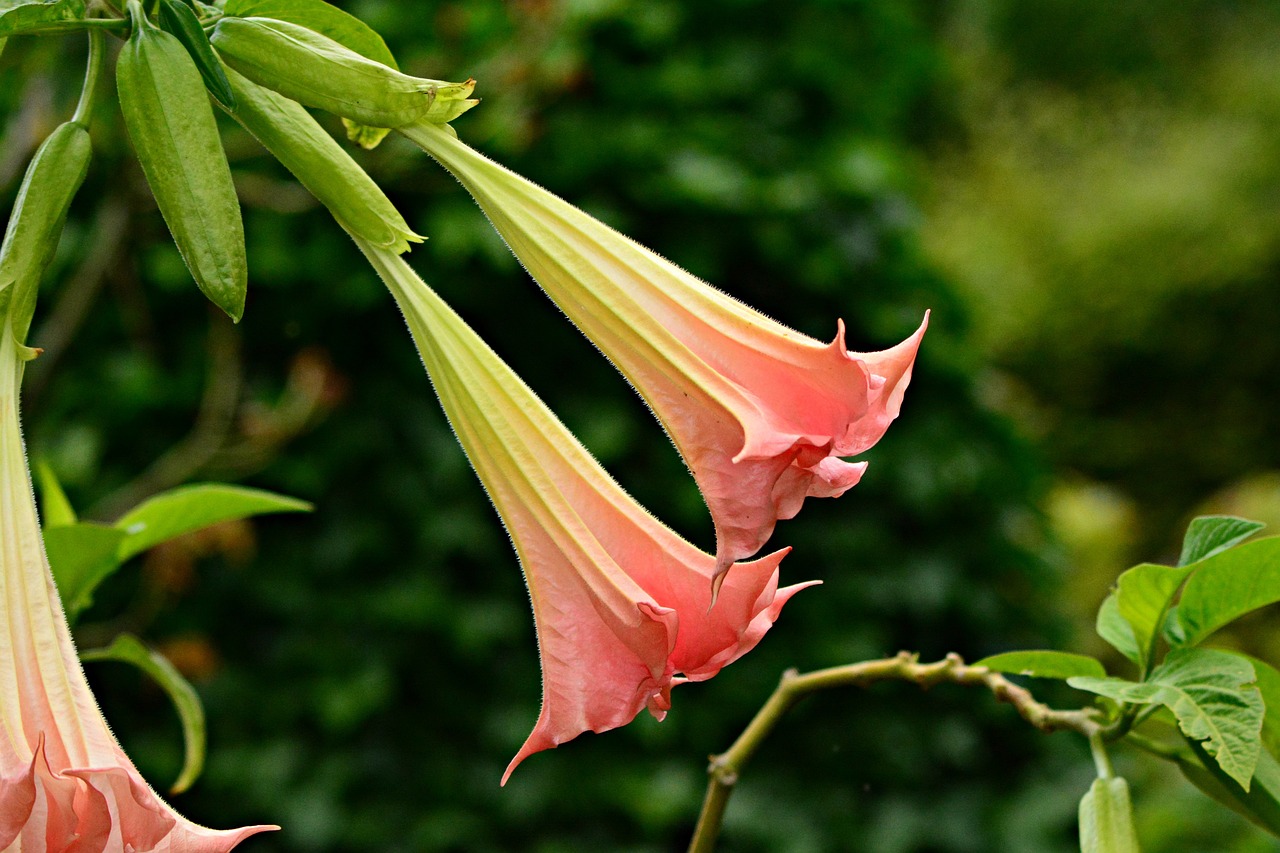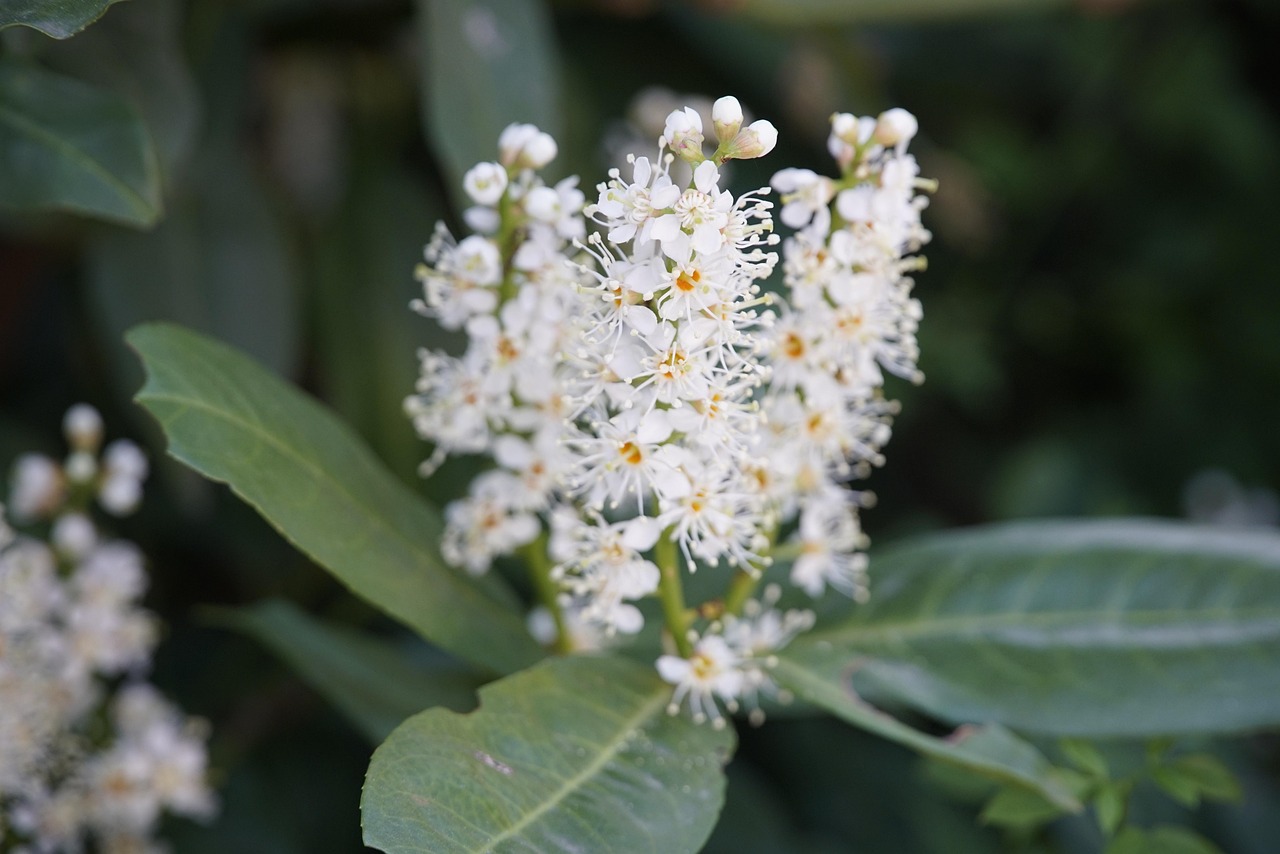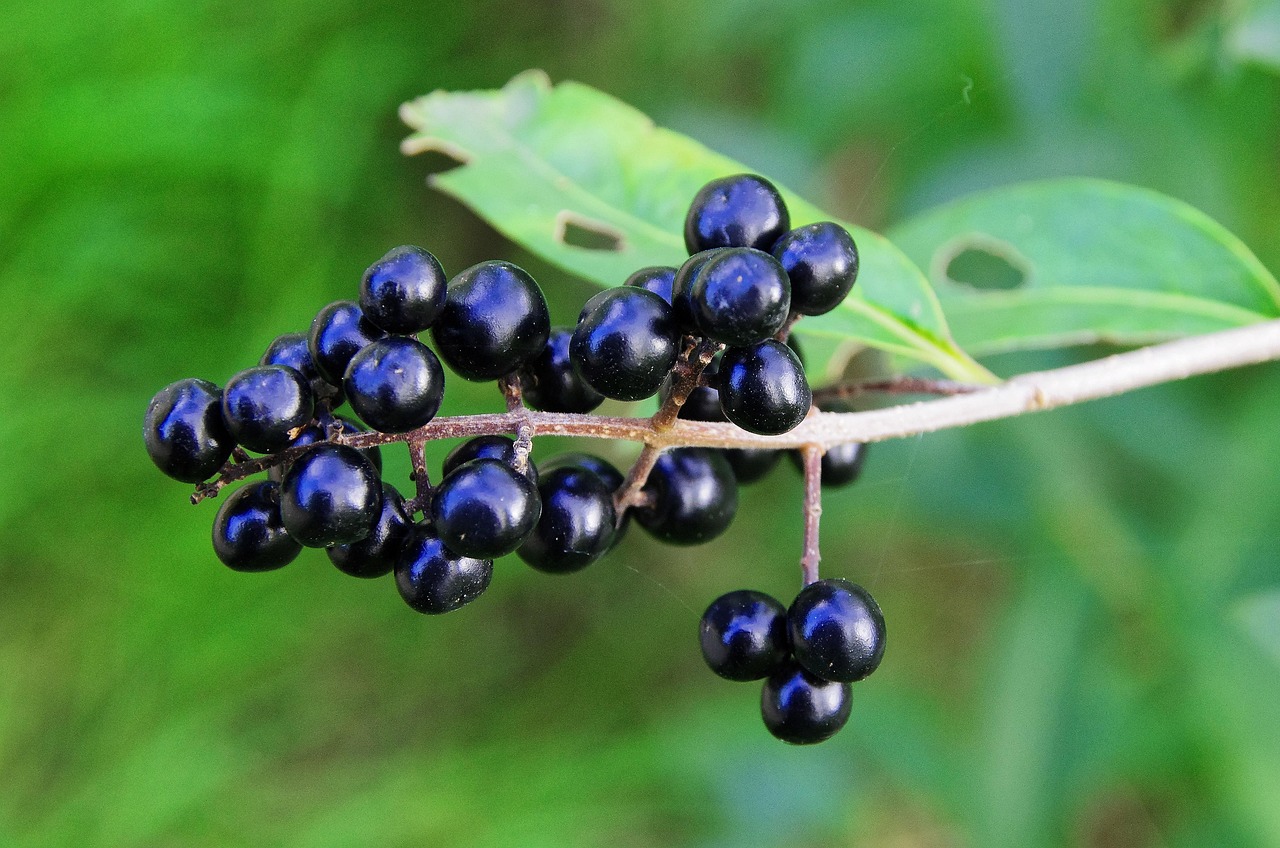Chaste Tree | A Sacred Tree Dedicated to Mediterranean Temples
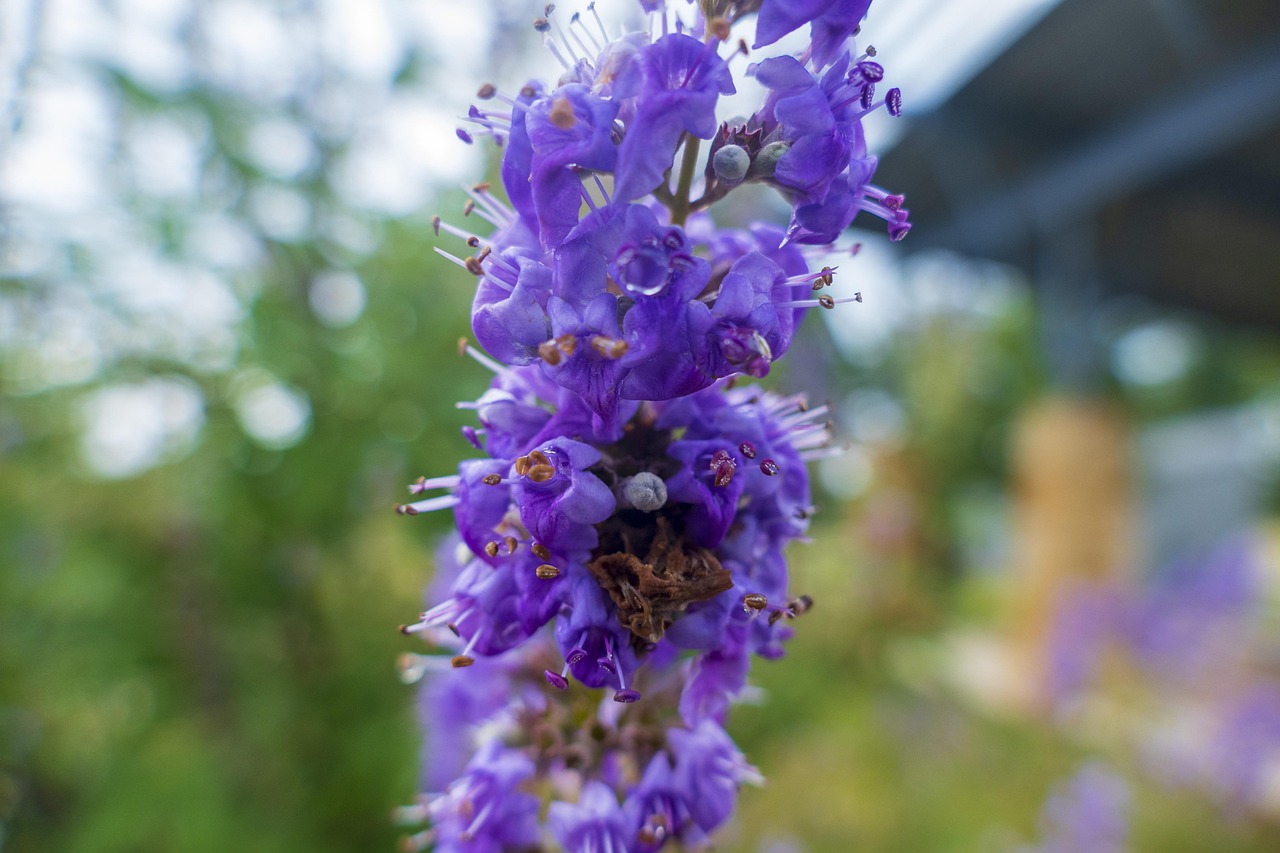
The chaste tree (Vitex agnus-castus) is a shrub or small tree with violet-blue flowers and distinctive slender leaves. Its refreshing fragrance and beautiful blossoms make it a popular choice for gardens and parks.
In this article, I will provide detailed information about the chaste tree, including its basic characteristics, cultural and historical significance, and practical tips for cultivation.
Basic Information
- Scientific name: Vitex agnus-castus
- Family: Lamiaceae
- Origin: Coastal regions of the Mediterranean and Western Asia
- Appearance: The chaste tree grows to a height of 2–5 meters, with slender, palmate leaves and conical flower clusters. From summer to autumn, it produces pale violet or white flowers with a sweet fragrance. These flowers not only enhance its ornamental value but also attract bees and butterflies.
- Flowering season: June to September (depending on region and climate)
Cultural Significance Around the World
The chaste tree has been cherished since ancient Greece and Rome, where it became a cultural symbol in the Mediterranean region.
In ancient Greece, it represented purity and loyalty, and was often used in temple decorations and religious rituals.
Along the Mediterranean coast, it was planted as a garden and street tree, creating shade and bringing relief from the summer heat.
Today, it is widely cultivated in Europe and the United States as an ornamental plant. Its delicate violet-blue flowers remain a favorite feature in garden landscapes.
Historical Background
The history of the chaste tree dates back to ancient Greece and Rome. Its scientific name, Vitex agnus-castus, translates from Latin as “chaste lamb,” symbolizing purity and celibacy.
In ancient Rome, its flowers and leaves decorated homes and temples, symbolizing peace and fidelity.
During the Middle Ages in Europe, monks planted it in monastery gardens as a symbol of chastity, which earned it the nickname “monk’s pepper.”
Gardening Advice
The chaste tree is hardy and relatively easy to care for. With the right environment, it can thrive and provide long-lasting floral beauty.
Sunlight
Prefers full sun. It can tolerate partial shade, though flowering may be reduced.
Watering
Mature trees are drought-tolerant, but young plants require regular watering. Water deeply when the topsoil becomes dry.
Soil
Thrives in well-drained soil, preferably sandy or loamy. Mixing compost or leaf mold before planting is beneficial.
Fertilizer
Apply a slow-release fertilizer in spring to encourage healthy growth. Avoid over-fertilization.
Pruning
Prune during the dormant winter season to shape the tree. Remove dead or crowded branches to improve airflow and prevent pests or diseases.
Conclusion
The chaste tree is a charming shrub with refreshing violet-blue flowers that evoke the natural beauty of the Mediterranean. Hardy and easy to manage, it is a popular choice for gardens and parks.
By understanding its history and cultural background, I can appreciate it not only as an ornamental plant but also as a tree with rich symbolic meaning.
Because it grows well in warm and dry environments, I recommend it even for beginners in gardening.


